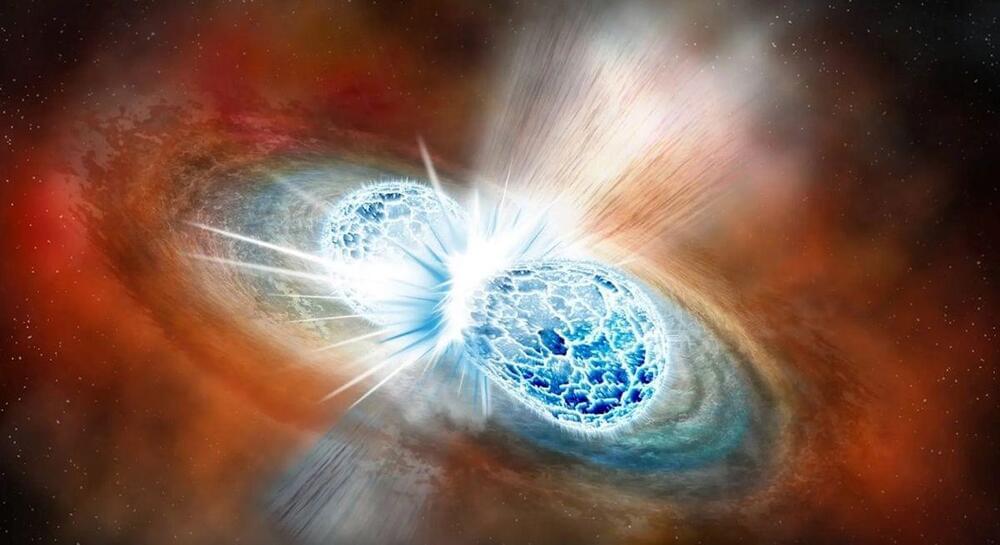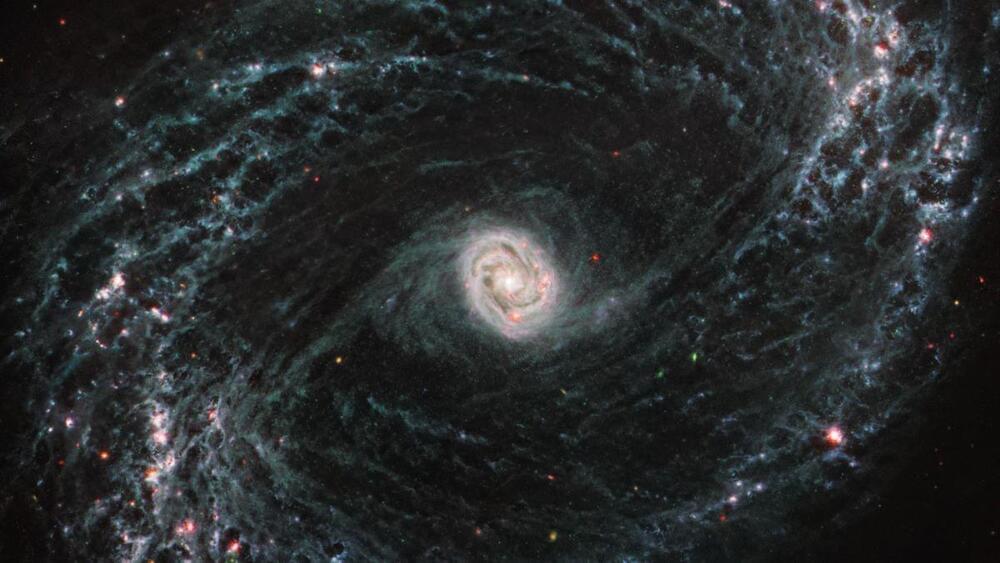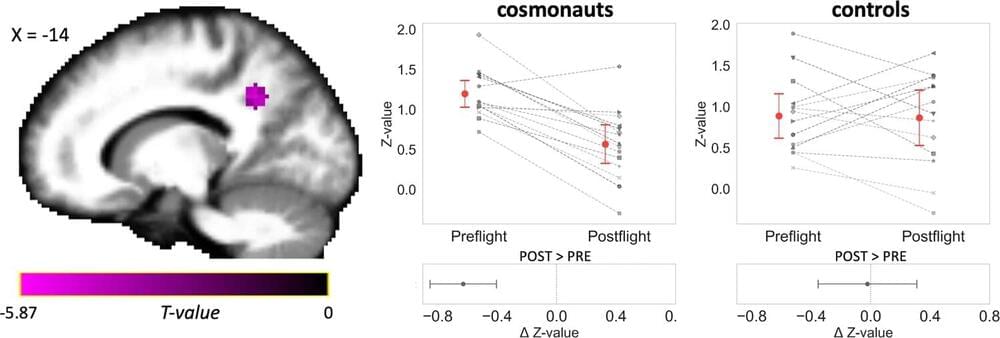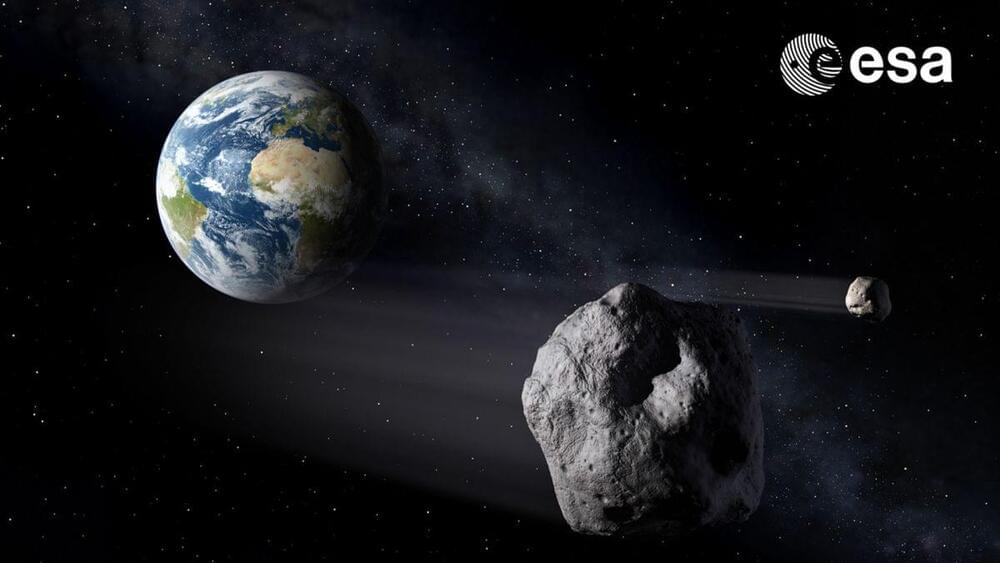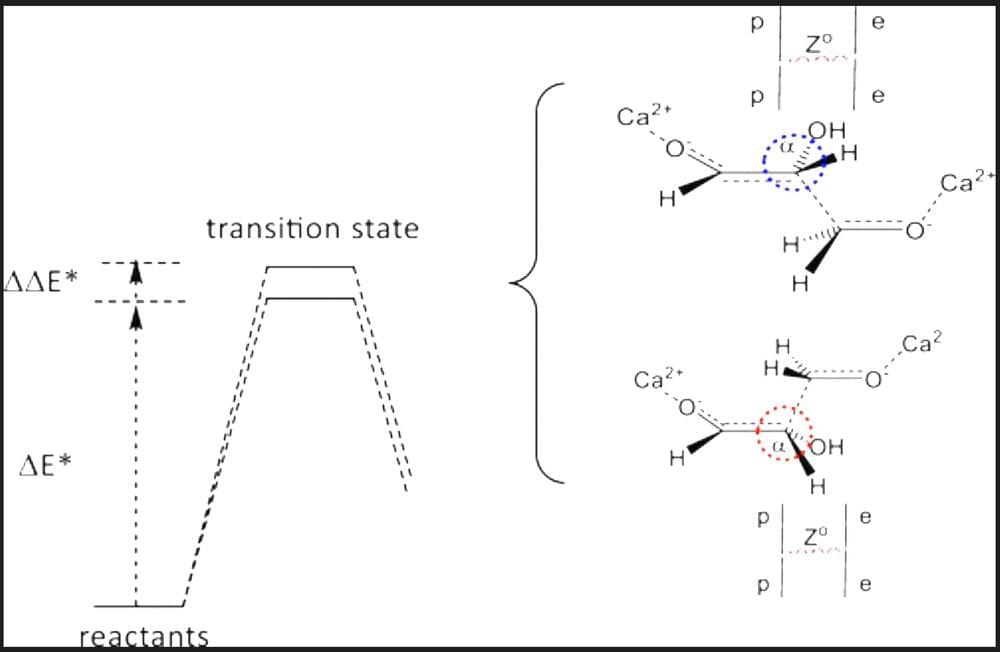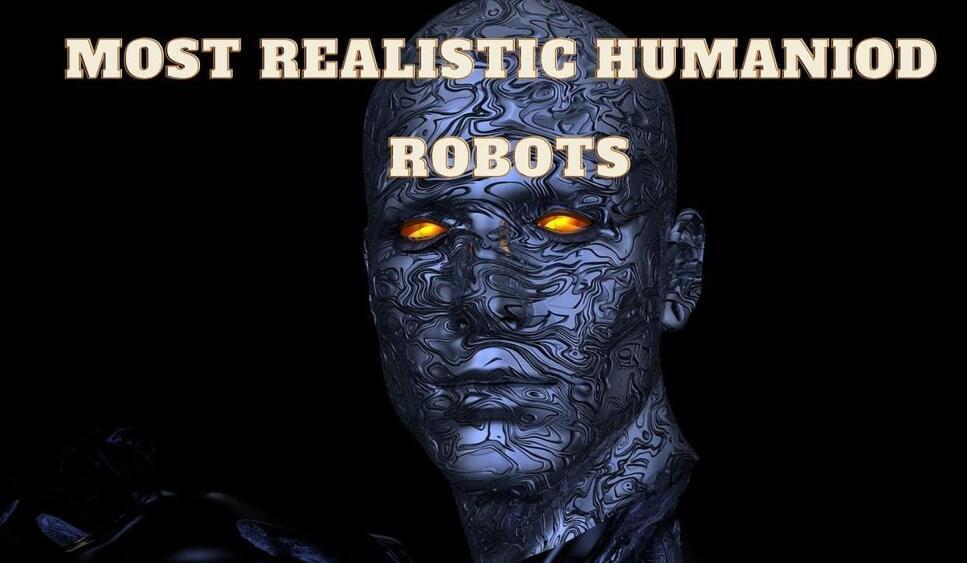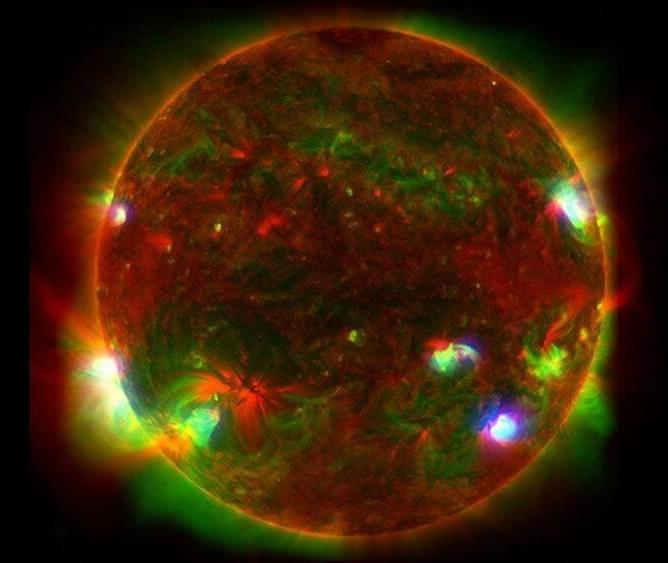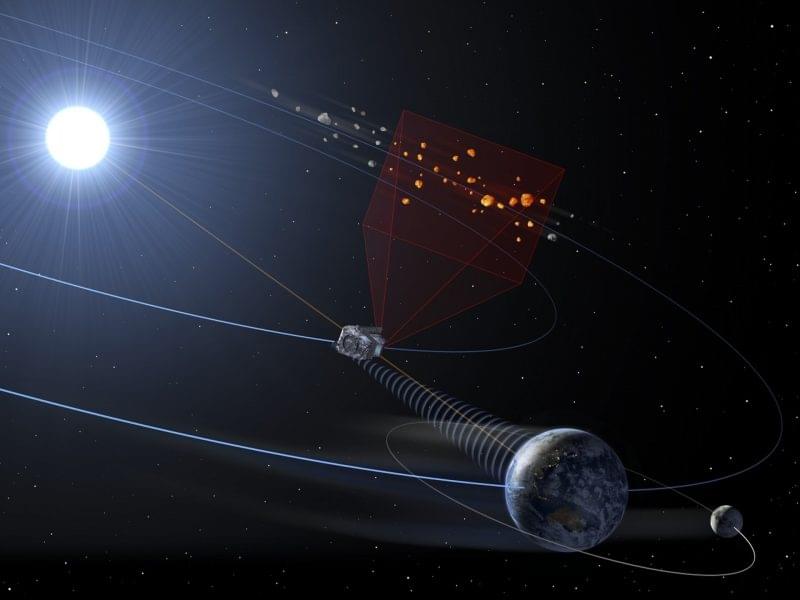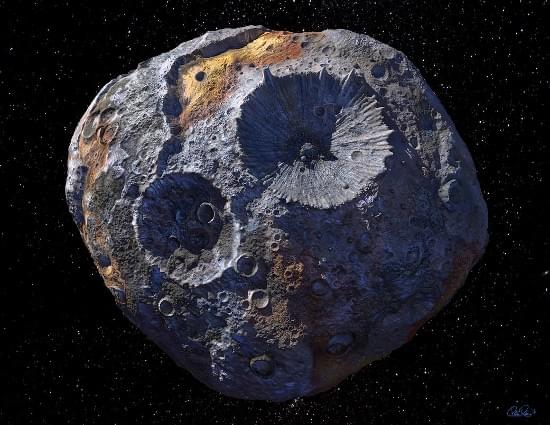
David Hilbert was a great leader and spokesperson for the discipline of mathematics in the early 20th Century. But he was an extremely important and respected mathematician in his own right.
Like so many great German mathematicians before him, Hilbert was another product of the University of Göttingen, at that time the mathematical centre of the world, and he spent most of his working life there. His formative years, though, were spent at the University of Königsberg, where he developed an intense and fruitful scientific exchange with fellow mathematicians Hermann Minkowski and Adolf Hurwitz.
Sociable, democratic and well-loved both as a student and as a teacher, and often seen as bucking the trend of the formal and elitist system of German mathematics, Hilbert’s mathematical genius nevertheless spoke for itself. He has many mathematical terms named after him, including Hilbert space (an infinite dimensional Euclidean space), Hilbert curves, the Hilbert classification and the Hilbert inequality, as well as several theorems, and he gradually established himself as the most famous mathematician of his time.
